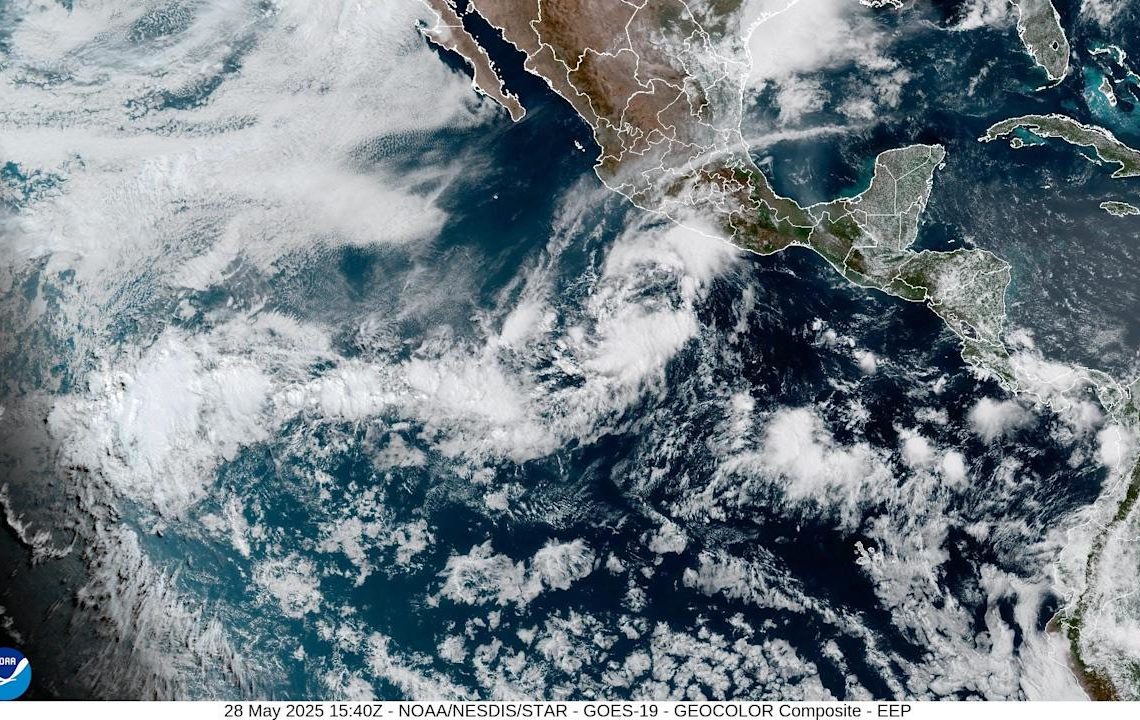Tropical Storm Alvin formed in the the eastern Pacific Ocean on Thursday, May 29, becoming the first named storm anywhere in the Northern Hemisphere this year.
Forecasters with the National Hurricane Center say the storm poses no direct threat to the United States, but it could bring locally heavy rain and gusty winds near the west-central Mexico coastline late week into the weekend.
Alvin’s formation marks the end of an unusual drought of tropical activity in the Northern Hemisphere. In mid-May, forecasters noted that multiple storms, often in the western North Pacific, usually had formed by this point in the year.
The oddity didn’t stop the National Oceanic and Atmospheric Administration from predicting an above-average hurricane season in the Atlantic Ocean.
More: See projected path, spaghetti models of Alvin
(While all is quiet at the moment in the Atlantic, forecasters are keeping an eye on several weather systems ahead of the official start of the Atlantic hurricane season on June 1.)
It is possible Alvin may strengthen further into a hurricane, AccuWeather said. The storm is expected to begin to lose wind intensity as it moves northward toward Mexico into the weekend and moves over cooler waters and an area of increased wind shear, which acts to tear storms apart.
Alvin marks an early start to the eastern Pacific season. The average date for the first tropical storm of that season is June 10, according to the National Hurricane Center.
Some rain, clouds may reach US southwest
Alvin “may still wander far enough to the north along the west coast of Mexico to allow some moisture in the form of clouds and downpours to reach parts of Texas or New Mexico as early as this weekend,” AccuWeather meteorologist Alex Sosnowski said.
Eastern Pacific tropical storms and hurricanes seldom have any major impact on the U.S.
“While many eastern Pacific tropical storms and hurricanes move west-northwest and eventually fizzle in the open ocean, some do strike land, as we saw in 2023 with the remnant of Hurricane Hilary in the Desert Southwest and with Category 5 Hurricane Otis in Acapulco, Mexico,” noted Weather.com meteorologist Sara Tonks in an online forecast.
Map shows Alvin’s projected storm path
This forecast track shows the most likely path of the center of the storm. It does not illustrate the full width of the storm or its impacts, and the center of the storm is likely to travel outside the cone up to 33% of the time.
Below-average season expected in eastern Pacific
The National Oceanic and Atmospheric Administration, in a seasonal hurricane forecast released May 22, said that a below-average eastern Pacific hurricane season is most likely. An average season sees 15 named storms.
The Eastern Pacific hurricane season officially began on May 15, two weeks earlier than the Atlantic hurricane season.
This article originally appeared on USA TODAY: Tropical Storm Alvin forms in the Pacific, an unusual first for 2025
The post Tropical Storm Alvin forms in the Pacific, marking an unusual first for 2025 appeared first on USA TODAY.



